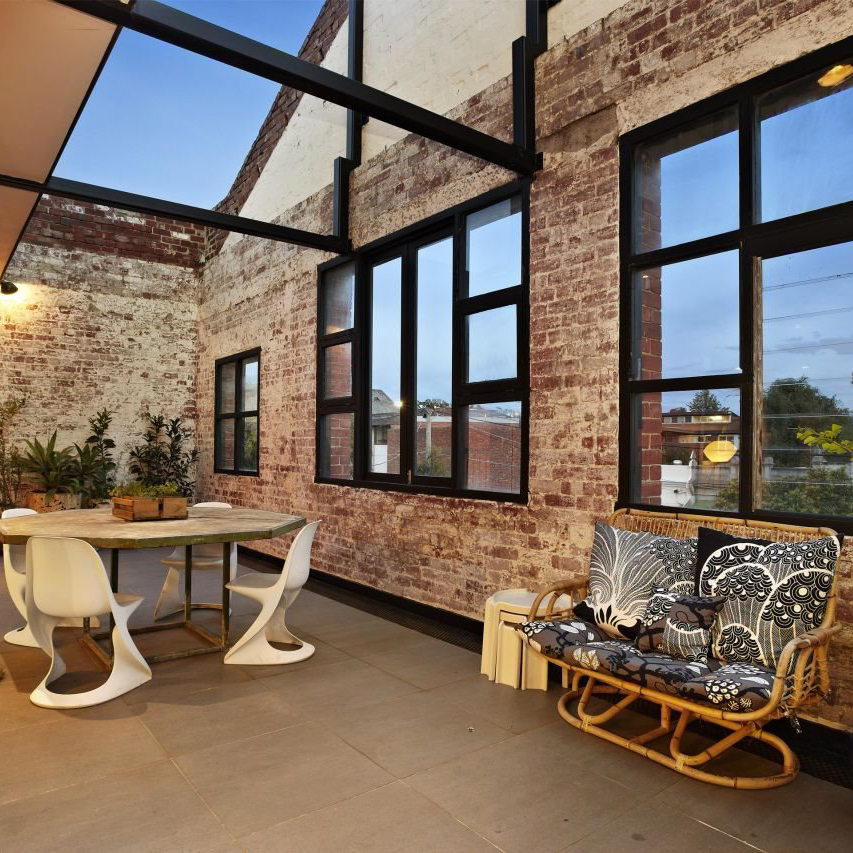
Shining a Light on the Beauty of Chandelier Windows
Introduction
Chandelier windows, also known as arched windows, are elegant and majestic elements of architecture that enhance the beauty and ambience of any interior space. They are typically found in grand buildings such as churches, palaces, and stately homes. These windows were a popular feature in Gothic and Renaissance architecture, and continue to be used in contemporary designs as well. In this article, we will explore the history, design, and significance of chandelier windows.
History
Chandelier windows became popular in the Middle Ages, particularly in Gothic architecture. These large, arched windows with intricate tracery patterns were used to allow for more natural light to enter the building and to underscore the grandeur of cathedrals and palaces.
As the Renaissance arrived, chandelier windows continued to be used, but their design became more refined and understated. The Renaissance saw the emergence of more secular architecture, and chandelier windows were used not just in churches, but also in townhouses and salons.
In contemporary times, chandelier windows continue to be utilized in modern architecture. They are particularly popular in large, open-plan spaces, such as lofts or studios. The design of chandelier windows has evolved to incorporate new materials, such as steel and glass, and to allow for greater energy efficiency.
Design
Chandelier windows are typically tall, arched windows with a distinctive, pointed shape. The top of the window is rounded, while the bottom is rectangular. The window is often divided into smaller panels, which are framed with decorative tracery.
The tracery that defines the borders of the panels can be simple or ornate. In Gothic architecture, it was common for the tracery to be highly intricate, featuring curving lines and geometric patterns.
In Renaissance architecture, the tracery became less exaggerated, and was often designed to be symmetrical and understated.
Modern chandelier windows are often made with steel and glass, and are designed to be more functional than decorative. They may have simple, clean lines, or feature artistic patterns that allude to the building’s history or purpose.
Significance
Chandelier windows are significant for several reasons.
First, they are aesthetically pleasing and create a sense of grandeur and elegance in any space. They allow for more natural light to enter the building, which can create a warm and inviting atmosphere.
Second, chandelier windows are symbolic of a building’s history and architectural significance. They are often found in buildings that have a significant cultural or historical value, such as churches or museums.
Finally, chandelier windows are important for the technical skill and artistry that goes into their design and construction. Making a chandelier window requires an experienced team of artisans, who must work together to create a beautiful and functional window that meets the specific needs of the building.



